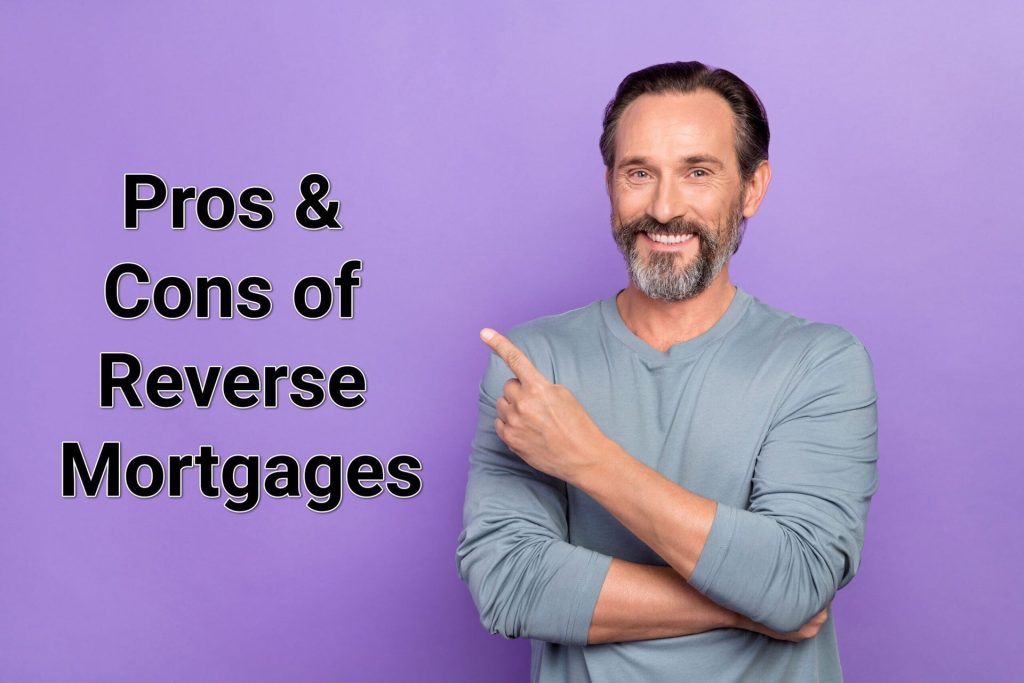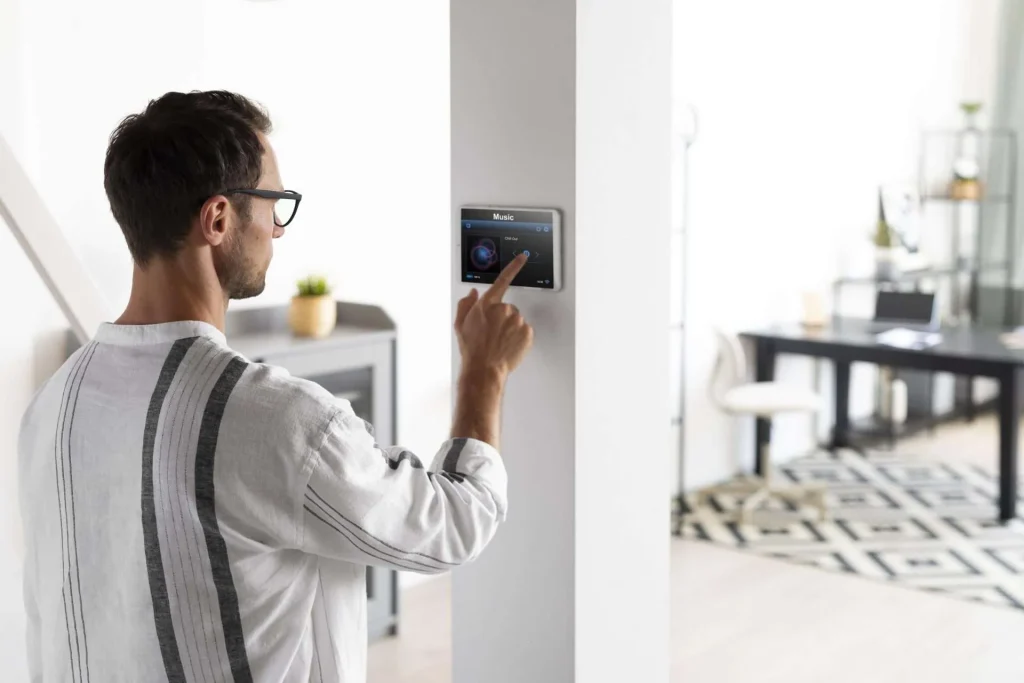Reverse mortgages allow homeowners 62+ to convert home equity into cash, but they’re controversial. The National Council on Aging reports only about 2% of eligible seniors use them. Here’s a balanced look at when they might make sense.
How Reverse Mortgages Work
- Home Equity Conversion Mortgage (HECM) is the most common type
- No monthly mortgage payments required
- Loan comes due when last borrower dies, sells, or moves out permanently
- Heirs can keep home by paying off loan or 95% of appraised value
Potential Benefits
- Access to tax-free cash without selling home
- Funds can be used for any purpose
- Non-recourse loan (can’t owe more than home’s value)
- Proceeds don’t affect Social Security or Medicare
Significant Drawbacks
- High upfront costs (2-5% of home value)
- Accruing interest reduces equity over time
- Heirs may need to sell home to repay loan
- Scams and predatory lending risks
Alternatives to Consider
1. Home Equity Line of Credit (HELOC): Lower costs but requires payments.
2. Downsizing: Sell and move to smaller, less expensive home.
3. Renting Out Space: Generate income from spare rooms.
4. Government Programs: Property tax deferral or assistance programs.
When a Reverse Mortgage Might Make Sense
- You plan to stay in home long-term
- You need funds for essential expenses
- You have no heirs or they don’t want the home
- You’ve exhausted other options
Consult with a HUD-approved counselor and financial advisor before proceeding. Reverse mortgages are complex financial products that should be approached with caution.




